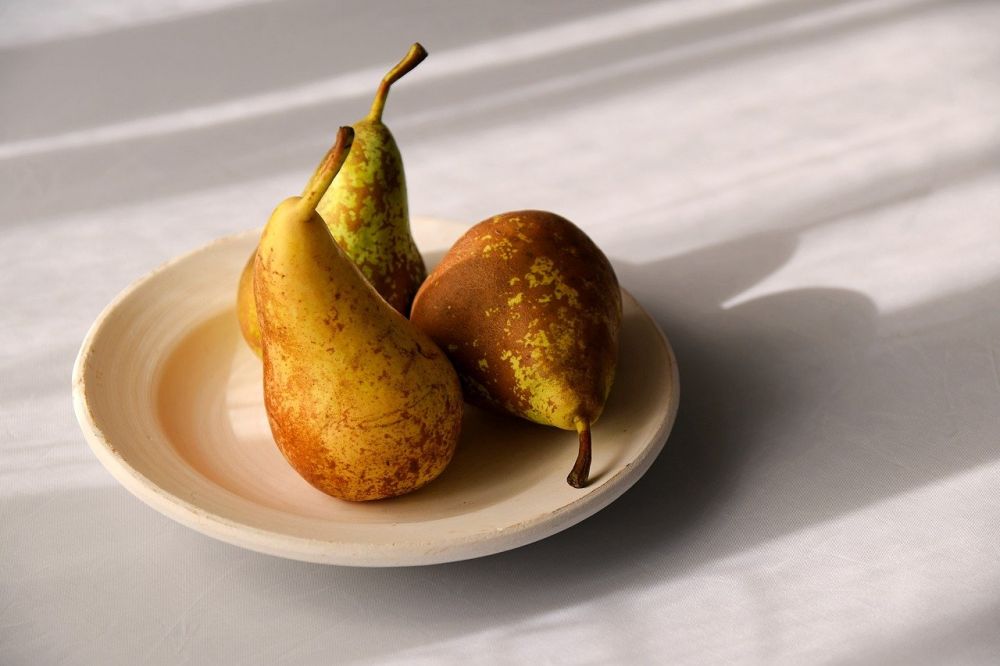Bulgur Calories: A Comprehensive Guide for Health Enthusiasts

Introduction:
Bulgur, a nutritious grain made from cracked wheat, has gained popularity among health-conscious individuals due to its numerous health benefits. One crucial aspect to consider when incorporating bulgur into your diet is its caloric content. This article aims to provide a detailed understanding of bulgur calories and important information for those interested in this topic, offering insights into its historical evolution and nutritional value.
Section 1: Understanding Bulgur Calories

Bulgur calories play a vital role in maintaining a balanced diet, as they provide energy to fuel physical activities and overall bodily functions. It is essential to know how many calories are present in a particular serving size to manage weight and make informed dietary choices.
– Caloric Content
: Bulgur is relatively low in calories, making it suitable for weight management. On average, one cup of cooked bulgur contains around 150-170 calories, which can vary depending on the brand and method of preparation.
– Macronutrients: Apart from calories, bulgur is rich in complex carbohydrates, dietary fiber, and protein. These macronutrients contribute to a feeling of fullness, promoting satiety and reducing overeating.
– Micronutrients: Bulgur is an excellent source of essential vitamins and minerals like vitamin E, magnesium, iron, and B vitamins. These vital nutrients support overall health and well-being.
Section 2: The Historical Development of Bulgur Calories
The origin of bulgur dates back to ancient times, where it played a significant role in the diets of ancient civilizations. Understanding the historical evolution of bulgur calories provides insights into its cultural and nutritional significance.
– Ancient Beginnings: Bulgur’s origins can be traced back to the Middle East, with evidence of its cultivation dating back thousands of years. It was a staple in the diets of civilizations such as the Persians, Egyptians, and Mesopotamians.
– Nutritional Tradition: Bulgur’s cultivation and consumption spread across different regions, where it became a staple ingredient in various traditional dishes. Its versatility, nutritional value, and long shelf life made it a popular choice amongst different cultures.
– Modern Resurgence: In recent years, bulgur has witnessed a resurgence in popularity due to its association with healthy eating. As people strive to adopt more nutritious and wholesome dietary habits, Bulgur has gained attention as a nutritious alternative to refined grains.
Featured Snippet Optimization:
To increase the chances of the article being featured as a snippet on Google search, the following structure and bullet points can be employed:
Understanding Bulgur Calories for Optimal Health
Importance of Bulgur Calories
– Promotes weight management
– Provides sustained energy
– Essential for overall health
Bulgur Calories: A Macronutrient Breakdown
– Caloric Content
– Carbohydrates: Complex and fulfilling
– Fiber: Promoting digestion and satiety
– Protein: Supporting muscle repair and growth
The Evolution of Bulgur Calories Throughout History
– Ancient Beginnings: Middle Eastern roots
– Culinary Traditions: Bulgur in diverse cultural cuisines
– Modern Resurgence: A healthy alternative to refined grains
Conclusion:
Bulgur calories are an essential consideration for individuals committed to maintaining a balanced and healthy diet. By understanding the caloric content and nutritional value of bulgur, individuals can make informed choices to support their overall well-being. With its rich history and versatility, bulgur continues to be a valuable grain in modern-day cuisine, appealing to health enthusiasts and food lovers alike.

















